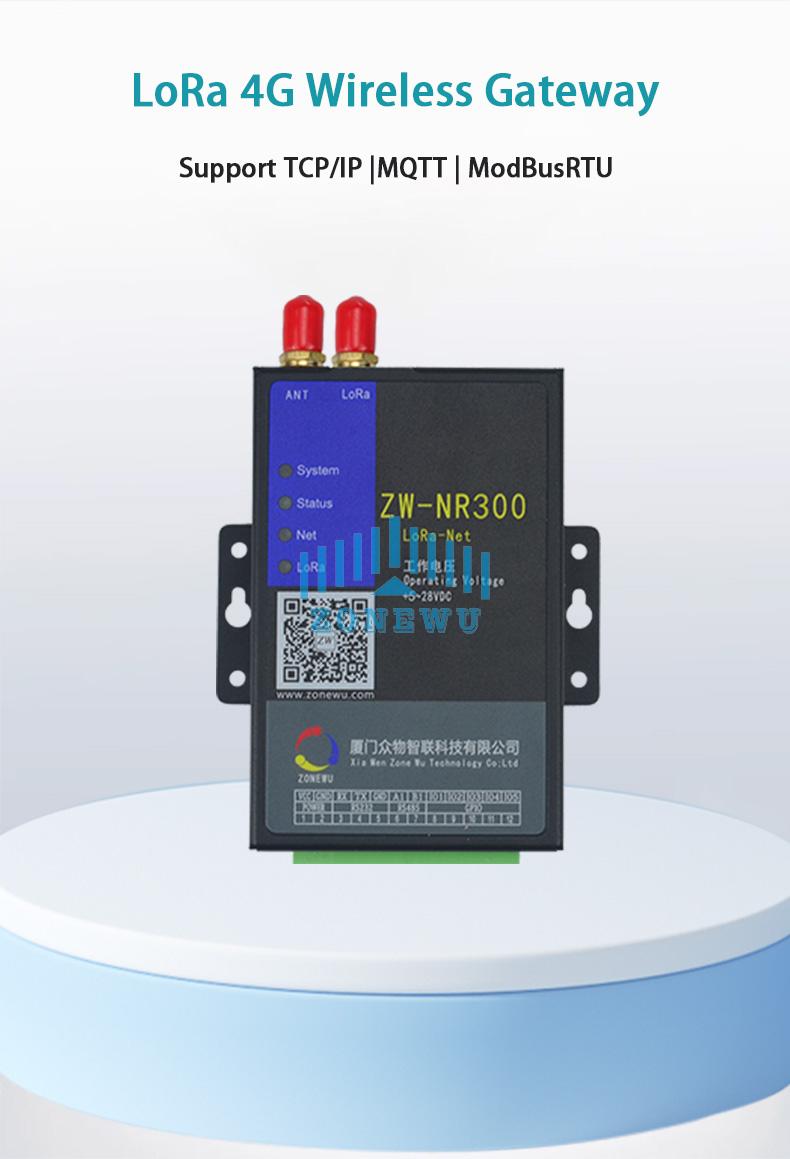Many applications use LoRa technology chips, but do not use the LoRaWAN network protocol. Some are due to the low number of application points, small scale, and high cost of using LoRaWAN network. Some are due to the high threshold of LoRaWAN technology, which cannot be mastered in the short term, so they settle for second best. However, in the future, as the scale of the Internet of Things continues to expand and its applications become more widespread, with an increasing number of monitoring and control points connected, the use of LoRaWAN will be the trend.
LoRa is a physical layer transmission technology, typically characterized by long distance and low power consumption. The speed is relatively low. The product corresponding to LoRa is a transceiver chip, such as Semtech's SX1278. Using this technology and product means inputting or reading one's own business bit, and all protocols and services further up are defined by oneself.
LoRaWAN is a set of protocol standards primarily based on the MAC layer, built upon the LoRa physical layer transmission technology. After this standard was established, LoRaWAN became a network technology. The products corresponding to this technology include LoRaWAN nodes, LoRaWAN gateways, LoRaWAN protocols, and data cloud platforms. When using LoRaWAN network products, there are two interfaces for users: one is a data interface between the underlying sensors and LoRaWAN nodes, through which sensor data is transmitted to the network; One is the LoRaWAN protocol, which has a data interface between the data cloud platform and the user's application to transmit network data to the application.
LoRaWAN provides features such as multi-channel access, frequency switching, adaptive rate, channel management, timed transmission and reception, node access authentication and data encryption, roaming, etc. In addition to the advantages of long transmission distance and low power consumption in the physical layer, the transmission method using only the LoRa physical layer has the following advantages:
1. Has compatibility. Different sensor nodes from different manufacturers can access the same LoRaWAN network. The LoRaWAN protocol and data cloud platform interface are unified. For application developers, there is no need to customize the development of all sensors, which shortens the research and development cycle, reduces research and development costs, and enables rapid delivery.
2. Large network capacity. Compared to point-to-point or point to multipoint applications based on the LoRa physical layer, LoRaWAN networks with multi-channel access, frequency switching, and adaptive rate have larger data capacity, more accessible nodes, and stronger scalability. Beneficial for application developers to develop large-scale applications and continuously upgrade applications.
3.Good security. LoRaWAN network has designed security mechanisms such as node access authentication and data encryption. These mechanisms have been reviewed by industry experts and validated through various applications by technology companies worldwide, and their security is much higher compared to temporary protocols used by application developers. Provide assurance for the continuous security of applications.
4. The features are constantly expanding and upgrading. With the evolution of LoRaWAN network standards, features such as location, roaming, broadcasting, and multicast can be continuously added. Equivalent to continuously benefiting on a public technology platform.


Contact: Qui
Phone: 18146178586
Tel: 18146178586
Email: qui@zonewu.com
Add: 1501-3, Building F03, Phase III, Software Park, Jimei District, Xiamen City, Fujian Province, China
